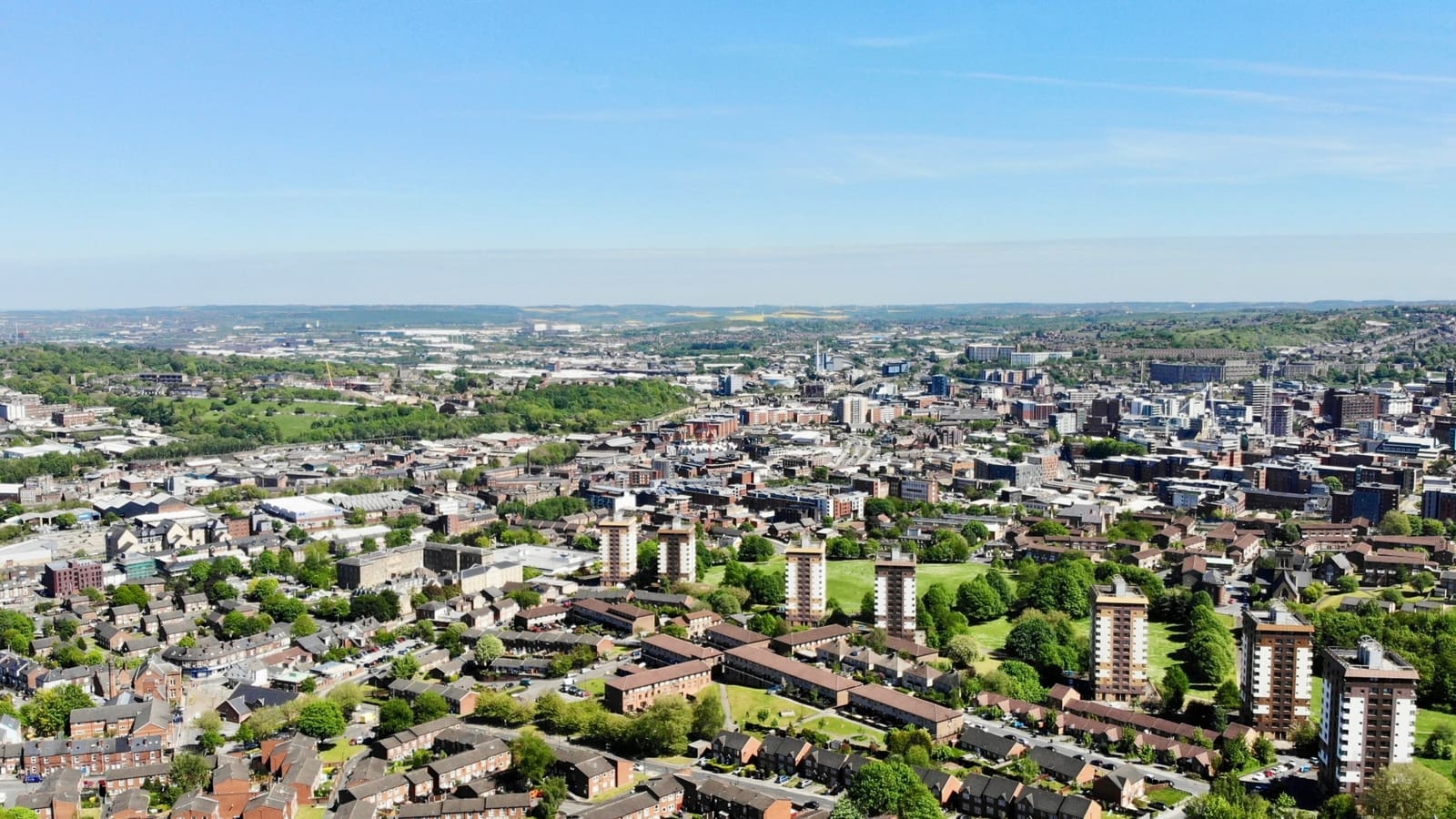Change has become a continuous process in the public and charity sectors, particularly over the last decade. This is due to a wide range of factors –including fiscal pressures from austerity policies in the 2010s, evolving expectations from service users,, and the inherent need for large organisations to adapt.
However, change often happens to the people involved, rather than with them, with their input often sporadic and reactive rather than structured and proactive. Under these circumstances, It’s easy to see how people might meet change with cynicism and suspicion.
If we don’t adapt our approaches to transformation projects with care, we risk our ability to deliver impact and positive change for these organisations.
Understanding how people experience change
There’s been lots of research into this topic. As well as our own work, the following insights are informed by three key models:
- the SCARF model
- the ADKAR model
- Lewin’s Change Model
A feeling of loss
When change happens to people, it triggers feelings of loss which can manifest in a few ways:
- loss of control and ownership: changes to established processes or roles can lead to a perceived loss of control and ownership over tasks or projects; people may feel unsettled if they believe they are being pushed aside or if their responsibilities change
- loss of familiarity and expertise: exploring new domains can be disconcerting; employees may feel that their existing knowledge and skills are being undervalued or becoming obsolete, as they're nudged towards unfamiliar tools, technologies, or practices
- loss of narrative: changes to an established organisational narrative can cause people to lose their sense of place or purpose within their team or organisation; this can happen when the focus moves dramatically from one business model, product, or service to another, potentially causing employees to feel disconnected or misaligned
- loss of time and resources: change inevitably redirects time and money, which can be seen as a drain on resources, particularly in the early stages of new projects and programmes; employees may worry about the potential diversion of time and resources from their existing work, leading to stress, and resistance to this change.
The threat of change
A loss of control, the unfamiliarity of new procedures, changes in organisational narratives, or perceived resource allocation can change how people feel or behave at work. This might manifest as:
- Fear: emerging from the uncertainties attached to new technologies or processes. It can manifest as fear of job loss, fear of incompetence with new tools, or fear of the unknown. Feelings of anger or shame could manifest if individuals feel overshadowed, excluded, or passed by in this evolving context.
- Anger: felt if employees perceive the change as unjust, or if it disrupts their established routines and processes. This anger can stem from a sense of loss or from feeling disregarded and not consulted during the change process.
- Anxiety: surfacing from the pressure of adapting to new expectations and unfamiliar ways of working. Employees may worry about their ability to meet the new requirements or fear making mistakes in the transition.
- Defensiveness: if employees feel the need to protect their current practices or positions and resist any modifications.
- Withdrawal or disengagement: in extreme cases, this can result in decreased productivity, and collaboration, with employees withdrawing from the change process entirely. In some instances, valuable team members may even decide to leave the organisation.
Designing how we support change
Building on our understanding of how change feels, we can be deliberate in designing for how people experience change through the work we’re leading and supporting them through.
Creating safe environments
For change to work, it has to be safe. Safety can be created in many different ways, but usually it starts at the top with governance.
Project leadership should prioritise the safety of the people on the receiving end, providing ways to get support, making sure they understand the context of the change, and giving them ways to safely participate in the decision making process.
Safe spaces to raise and discuss concerns can give people an outlet and direct feedback to the best places implemented carefully, they can also be a place to vent, speak openly and feel heard without fear of repercussions.
All change requires some acceptance of risk, and it’s important to classify the risk levels involved, then either provide opportunities for experimentation and innovation in a safe environment, or where risk isn’t acceptable, provide fail-safe circumstances.
Making change together
Change is more successful when employees are directly involved in shaping it. And it makes sense that the people affected most by change will be able to give valuable insights into what those specific changes should be. Typically these insights are established during research and discovery, but don’t be tempted to end the engagement there. Keeping these people involved with ideation, design, and testing, allow them to co-create the solutions.
Co-creating change with the people it affects most addresses many negative impacts, providing a shared understanding of the problems and the solutions, giving a sense of ownership and agency over the change, and building their skills and confidence to better navigate change in the future.
Acknowledging loss
It’s essential that teams and organisations find ways to acknowledge loss. A sense of loss – whether it's of control, familiarity, narrative, or resources – can significantly impact an individual's ability to adapt to changes.
One effective way to acknowledge these feelings is by incorporating key moments and ceremonies into the project timeline specifically designed to recognise and validate these losses. These moments could take the form of team discussions, individual recognition, or symbolic events designed to allow everyone to express their feelings about the changes. Whatever the method, it’s important to engage empathetically to ensure readiness for new methods of operating.
Working in the open
Adopting the practice of working openly is another powerful strategy that a project team can employ to address feelings of loss of control and narrative in the face of change. When we work in the open, we are choosing to be transparent about our processes, our decisions, and the progress we're making. This visibility allows everyone in the organisation to understand the 'why' behind the changes, see how decisions are made, and know how these align with our shared goals.
Making details of what has already happened in the project readily available, and providing open and shared roadmaps of the future work will provide a counter to the feelings of loss of control.
Maintaining an easily accessible blog that is low effort and frictionless to publish to, sharing weeknotes, video and audio updates and recordings of meetings is not just good practice, but one of the most effective strategies to bring transparency to the process of change.
Healthy change habits
Empowering employees to see change as an inherent aspect of their roles is an integral part of creating an ongoing culture of improvement. By treating the ability to navigate change as a skill to be developed, employees can meet challenges head on. A more proactive approach can mean that employees aren't just coping with change but actively developing skills that will serve them in the long term.
By creating safe spaces for discussion, facilitating co-creation, and adopting transparent practices, we can foster resilience and readiness for ongoing change with those we work with.
If you’re interested in supporting meaningful change, we’re hiring at all levels of our design team. Take a look at our careers page, and get in touch if you have any questions about or work or the roles available.

Introducing a design maturity approach for government
Putting people at the heart of land and property registration.
Introducing a design maturity approach for governmentOur recent design blog posts
Transformation is for everyone. We love sharing our thoughts, approaches, learning and research all gained from the work we do.

Lessons learned from joining projects in progress
We share tips for joining a project where there’s already an established design team in place.
Read more
Find out all about what our Design team has been up to over the past few months.
Read more
Em reflects on how we support large organisations to build confidence and embed approaches to support research activities.
Read more

